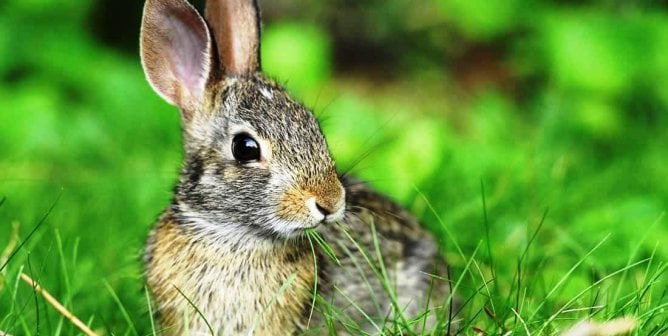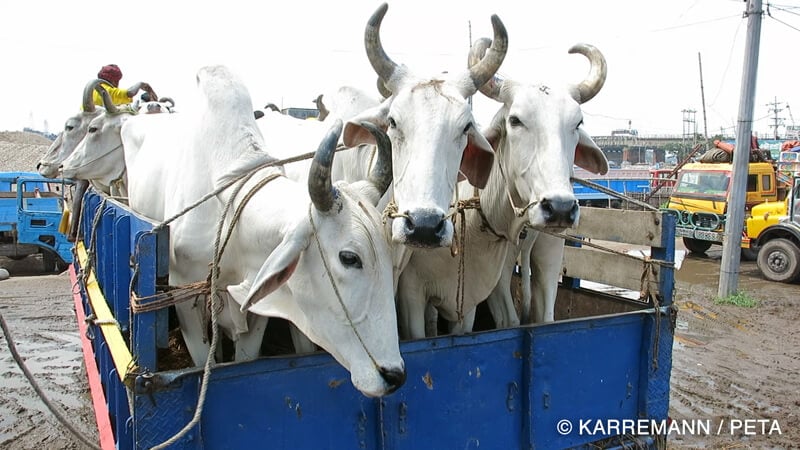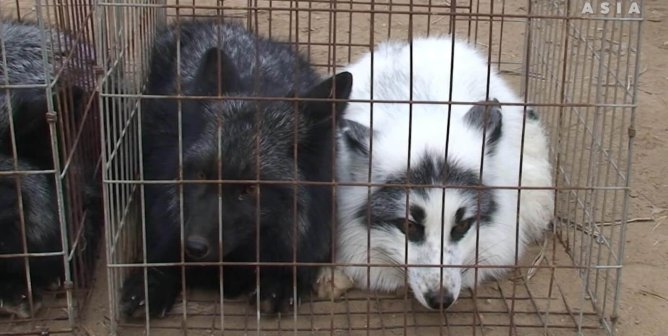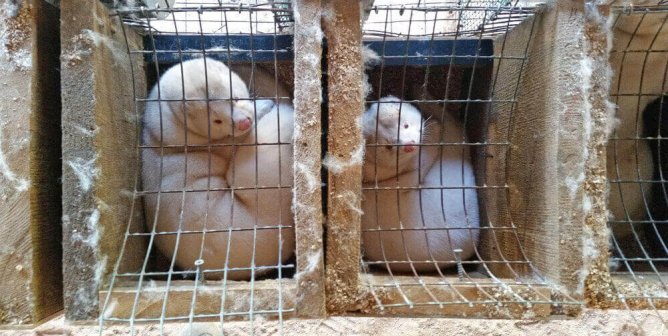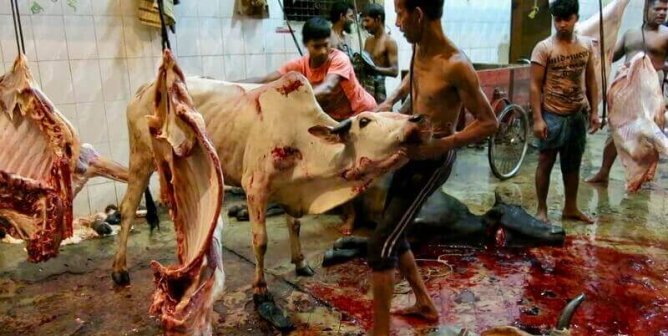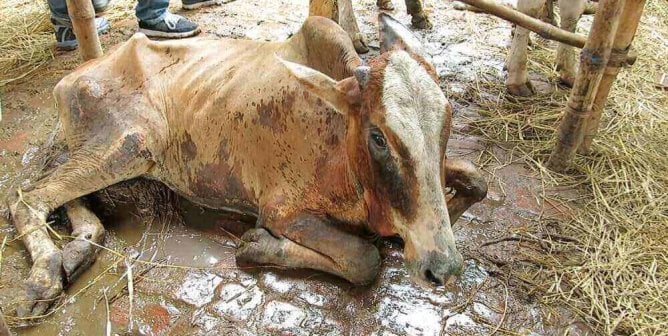The Fur Industry
Whether it came from an animal on a fur farm or one who was trapped in the wild, every fur coat, trinket, and bit of trim caused an animal tremendous suffering—and took away a life. Each year, approximately 100 million animals are killed for their fur.
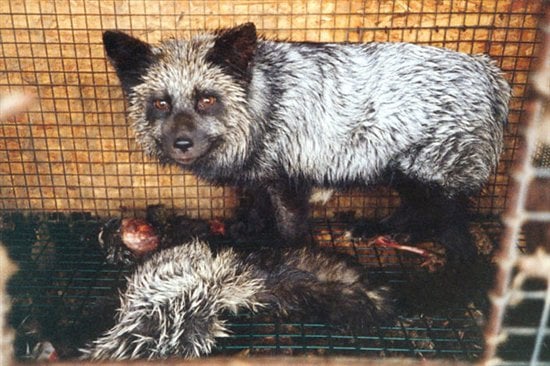
Animals on fur farms spend their entire lives confined to cramped, filthy wire cages. Fur farmers use the cheapest and cruelest killing methods available, including suffocation, electrocution, gas, and poison.
More than half the fur in the U.S. comes from China, where millions of dogs and cats are bludgeoned, hanged, bled to death, and often skinned alive for their fur. Chinese fur is often deliberately mislabeled, so if you wear any fur, there’s no way of knowing for sure whose skin you’re in.
Animals who are trapped in the wild can suffer for days from blood loss, shock, dehydration, frostbite, gangrene, and attacks by predators. They may be caught in steel-jaw traps that slam down on their legs, often cutting to the bone; Conibear traps, which crush their necks with 90 pounds of pressure per square inch; or water-set traps, which leave beavers, muskrats, and other animals struggling for more than nine agonizing minutes before drowning.
During the annual Canadian seal slaughter, tens of thousands of baby harp seals are shot or repeatedly bludgeoned with clubs tipped with metal hooks. Also in Canada, hundreds of black bears are shot at point-blank range or caught in traps and left to suffer for days so that their skins can be used to make the ceremonial hats worn by Queen Elizabeth II’s Five Guards’ Regiments.
Luckily, there is no need to be cruel to stay warm and look cool. Cruelty-free fabrics and faux furs are available in stores everywhere, and PETA continues to work with designers and clothing retailers to encourage them to use and sell only animal-friendly fabrics.
Take a stand against cruelty to animals by signing PETA’s fur-free pledge today!

